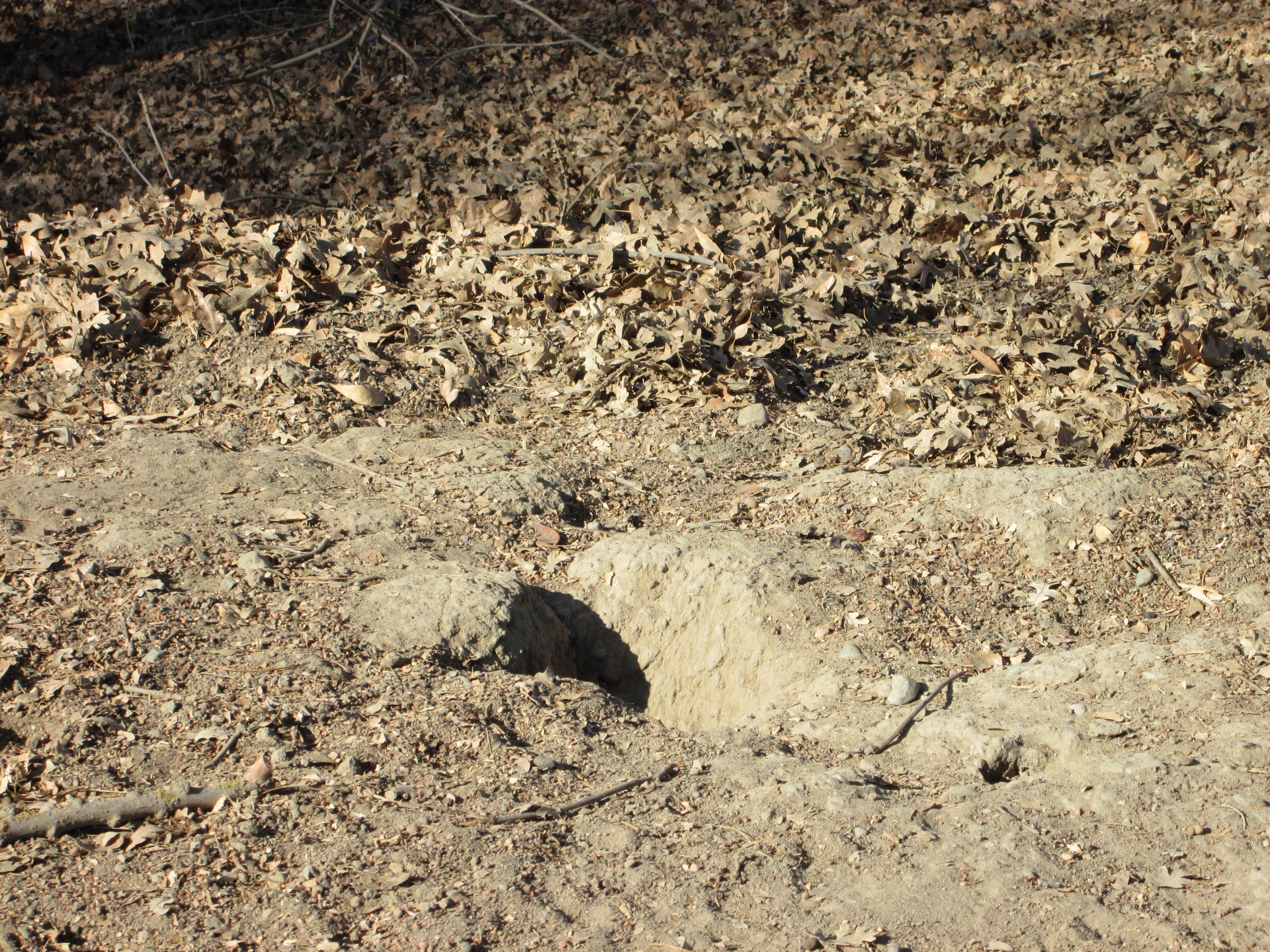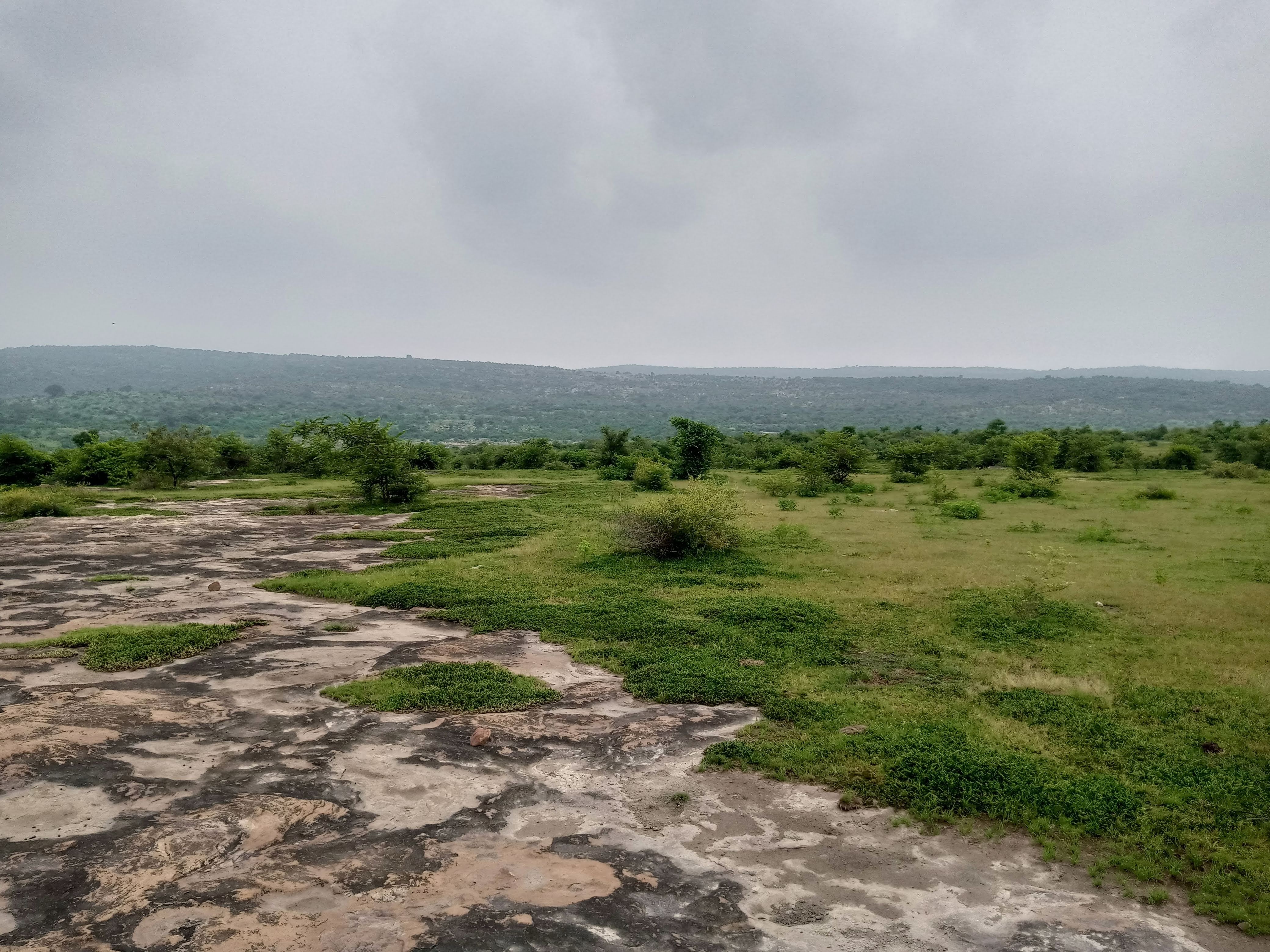Ground & Wood Nesting Bees: Learn to Identify Common
Species
In the fascinating world of bees, there’s more
than just honeybees. Ground and wood nesting bees are lesser-known, yet
equally important pollinators in our ecosystem. In this comprehensive guide,
we will introduce you to common ground and wood nesting bee species, helping
you identify them and appreciate their vital role in our
environment.
The Diversity of Ground Nesting
Bees

Ground nesting bees, as
the name suggests, make their nests in the ground. They are solitary bees,
meaning they don’t live in hives like honeybees or bumblebees. Instead, each
female ground nesting bee creates her own nest. Let’s explore some of the most
common ground nesting bee species you may encounter:
1. Miner
Bees
(Andrena)
Andrena
bees are among the most diverse and abundant ground nesting bee species. With
over 1,300 species worldwide, these bees play a significant role in
pollination. They are known for their mining behavior, digging tunnels in the
soil to create their nests. Identifying Andrena bees can be
challenging due to their wide range of appearances, from black to brown or
reddish.
2. Sweat Bees (Lasioglossum and
Halictus)
Sweat bees are small, often metallic-
looking bees that are attracted to human sweat, hence their name. They are
typically solitary ground nesters. The genus
Lasioglossum and
Halictus are two common sweat bee groups.
Identifying them may require a closer look due to their small size and various
color patterns, ranging from metallic green to black.
3. Mason
Bees
(Osmia)
Osmia
bees, or mason bees, are known for their remarkable nest-building skills. They
use mud to construct individual nest chambers, making them distinguishable
from other ground nesting bee species. They are generally solitary, non-
aggressive bees, and their appearance can vary from metallic blue to
black.
Wood Nesting Bees: Masters of
Boring

Wood nesting bees, as
the name implies, create their nests in cavities within wood. These bees are
excellent at excavating tunnels in dead or decaying wood, providing a unique
habitat for their offspring. Let’s delve into some of the most common wood
nesting bee species:
1. Carpenter Bees
(Xylocopa)
Carpenter bees are among the largest
of the wood nesting bee species. They are often mistaken for bumblebees due to
their size and appearance. These bees are solitary nesters and are recognized
for their ability to drill perfectly round holes into wood. Female carpenter
bees create chambers inside these holes, where they lay their
eggs.
2. Leafcutter Bees
(Megachile)
Leafcutter bees, as the name
implies, use cut sections of leaves to line their nests. They are solitary
bees that nest in wood, and their nests can often be found in dead branches or
pre-existing cavities. Megachile bees are
characterized by their habit of cutting perfect circles from leaves to build
protective walls around their offspring.
3. Resin Bees
(Heriades)
Resin bees, also known as mason
bees, differ from other wood nesting bee species because they use plant resins
to construct their nests. These bees are solitary and can be recognized by
their use of resin as a building material for their nest
cells.
Identifying Ground and Wood Nesting
Bees

Identifying ground and
wood nesting bees can be a rewarding experience for both nature enthusiasts
and gardeners. Here are some general tips for recognizing these remarkable
pollinators:
- Body Size and Shape: Pay
attention to the size and shape of the bee. Carpenter bees are large and
robust, while Andrena bees are smaller and
more slender.
- Nest Location:
Observing where the bee is nesting is a valuable clue. Ground nesting bees
will be found digging in the soil, while wood nesting bees may be seen
entering holes in wood.
- Nest
Materials: Notice the materials the bee is using to build its nest.
Mason bees, for example, use mud, while leafcutter bees use cut sections of
leaves.
- Behavior: Watch the
bee’s behavior. Some bees may be attracted to flowers, while others may be
seen collecting pollen or nesting materials.
FAQs

Q1:
Are ground nesting bees aggressive?
A1: Ground
nesting bees are generally non-aggressive and rarely sting unless provoked.
Most of them are solitary bees focused on nesting and
foraging.
Q2: How can I attract wood nesting
bees to my garden?
A2: To attract wood nesting
bees, provide dead wood or wood blocks with pre-existing holes as nesting
sites. Plant a variety of flowers to ensure a constant source of nectar and
pollen.
Q3: Are ground and wood nesting bees
good pollinators?
A3: Yes, both ground and wood
nesting bees are essential pollinators. They play a crucial role in
pollinating a wide range of plants, contributing to the health of ecosystems
and agricultural crops.
Q4: Are these bees
endangered?
A4: Some ground and wood nesting
bee species are facing population declines due to habitat loss and pesticide
exposure. Conservation efforts are crucial to protect these important
pollinators.
Q5: Can I keep ground or wood
nesting bees in my garden?
A5: While you cannot
keep ground or wood nesting bees in hives like honeybees, you can provide
suitable nesting sites and forage resources to encourage them to visit and
nest in your garden.
In conclusion, ground and wood nesting
bees are a diverse group of pollinators that deserve our attention and
protection. By learning to identify these bees and understanding their
ecological roles, we can appreciate their contribution to our environment and
take steps to conserve their populations.
tag
- chicken
feed - how to Keep Chickens Off Your Porch
- How to grow oyster mushrooms at home
- Growing Kale in Pots


0 Comments